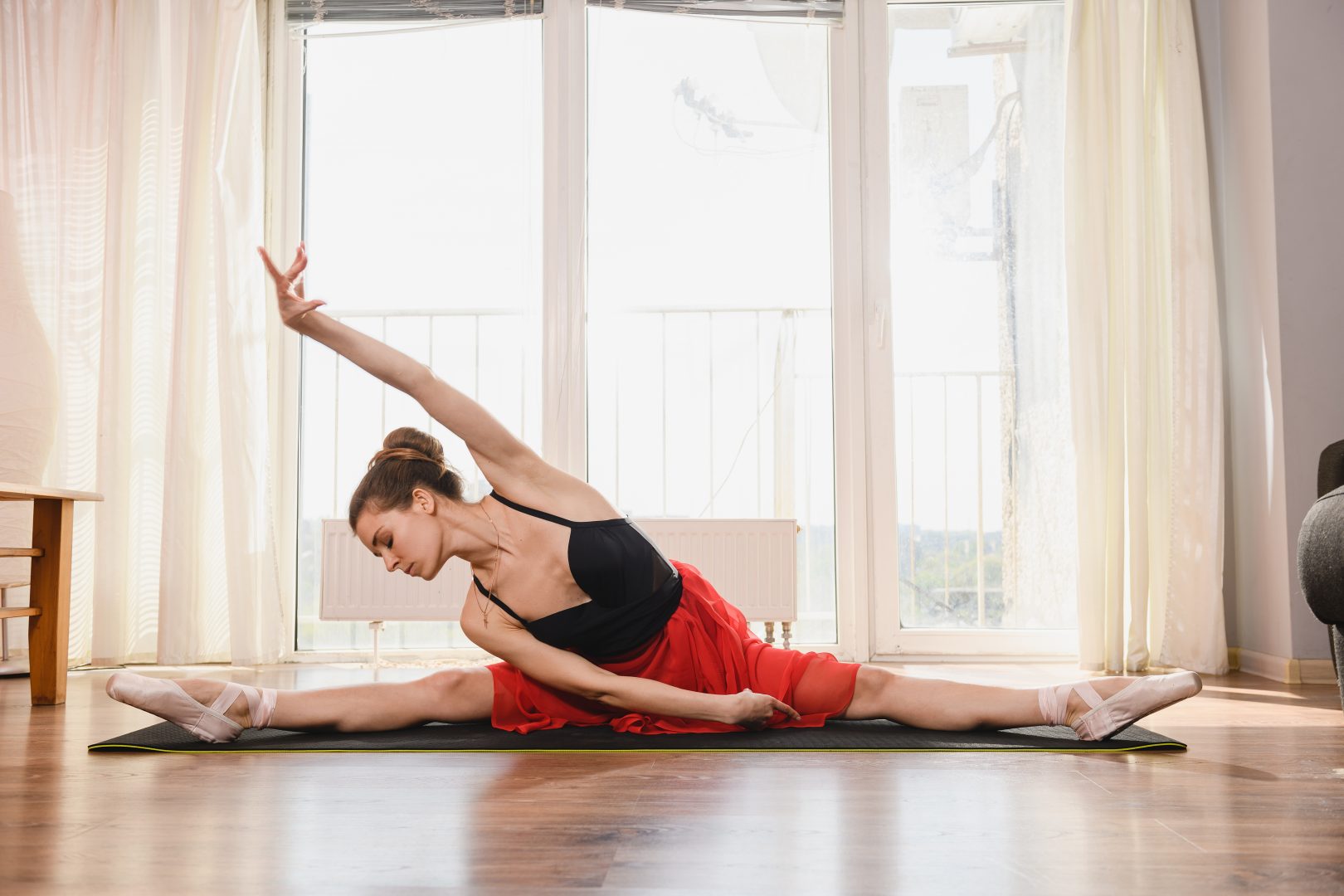
As the weather gets colder, you probably pull out your favorite scarves and a rainbow of cozy sweaters, but your clothes aren’t the only things that need a bit more warmth during the fall and winter. Adapting your warmup and cooldown routines for cooler weather is essential for getting the most out of your cold-weather workouts and studio sessions.
Why Change?
Your warmup routine essentially wakes your muscles up before doing physical activity. Part of this waking up includes getting your muscles warm, literally. Warm muscles are much more limber and efficient. Cooling down works in a similar fashion to bring your muscle activity and heart rate back down to a normal rate gradually instead of just quitting full-stop.
When it’s cold out, these activities take longer because you will need to spend more time paying attention to your muscles and warming them up to combat lower temperatures. Cold muscles are tight and less flexible, meaning you’re more prone to injuries and otherwise having a harder time performing.
Increasing the time spent warming up and cooling down is a good first step. From there, you’ll want to start slow and small, like doing ankle and wrist rolls and paying attention to small muscles before getting bigger and working whole muscle groups like legs, arms, or full body. Breaking a sweat is a great sign that your effectively warming up.
Balancing Dynamics and Flexibility
Dynamic stretches like walking lunges are a great way to get warmed up once you’ve started working your whole body. Keep in mind, though, dynamic stretches are not meant for improving flexibility but will wakeup your muscles. You’ll still want to include splits, butterflies, toe points, and other flexibility stretches in your routine.
Like your usual routine, your cold-weather warmup should be custom to you. Consider what your priorities are as you get ready to move and build a warmup around them. You’ll also want to pay attention to how long it takes you to get warmed up. Do you still feel stiff after fifteen minutes? Keep going! Once you build a warmup, you can repeat at the end of dance practice or a performance to cooldown, too.













